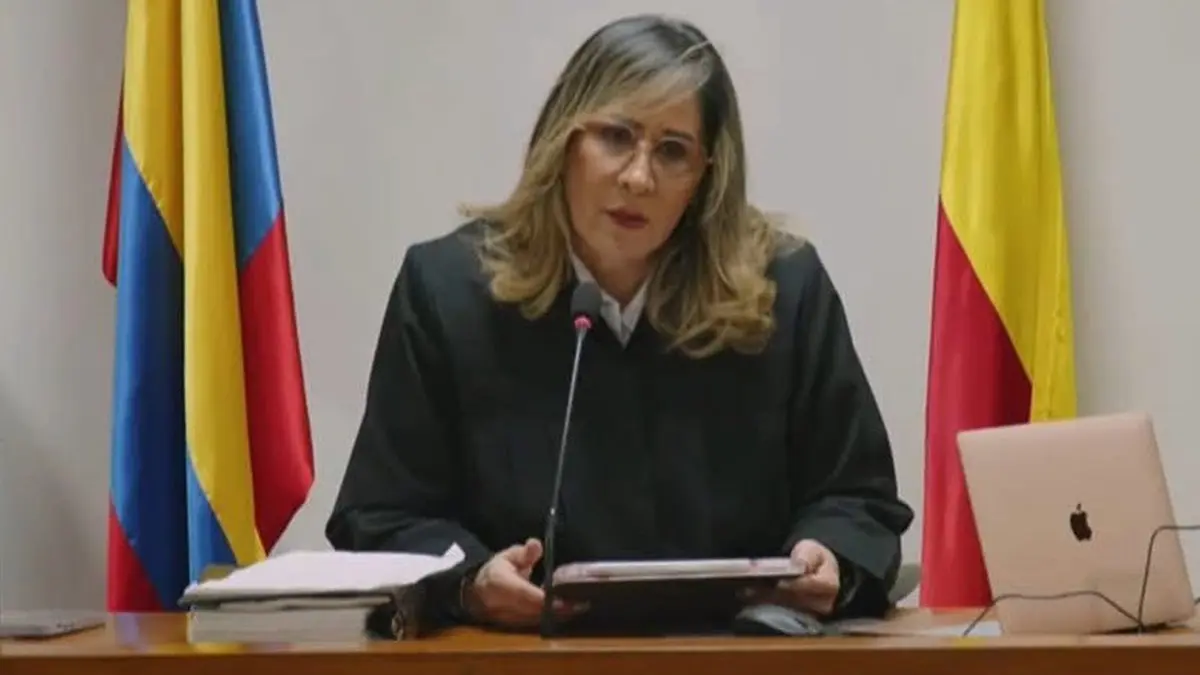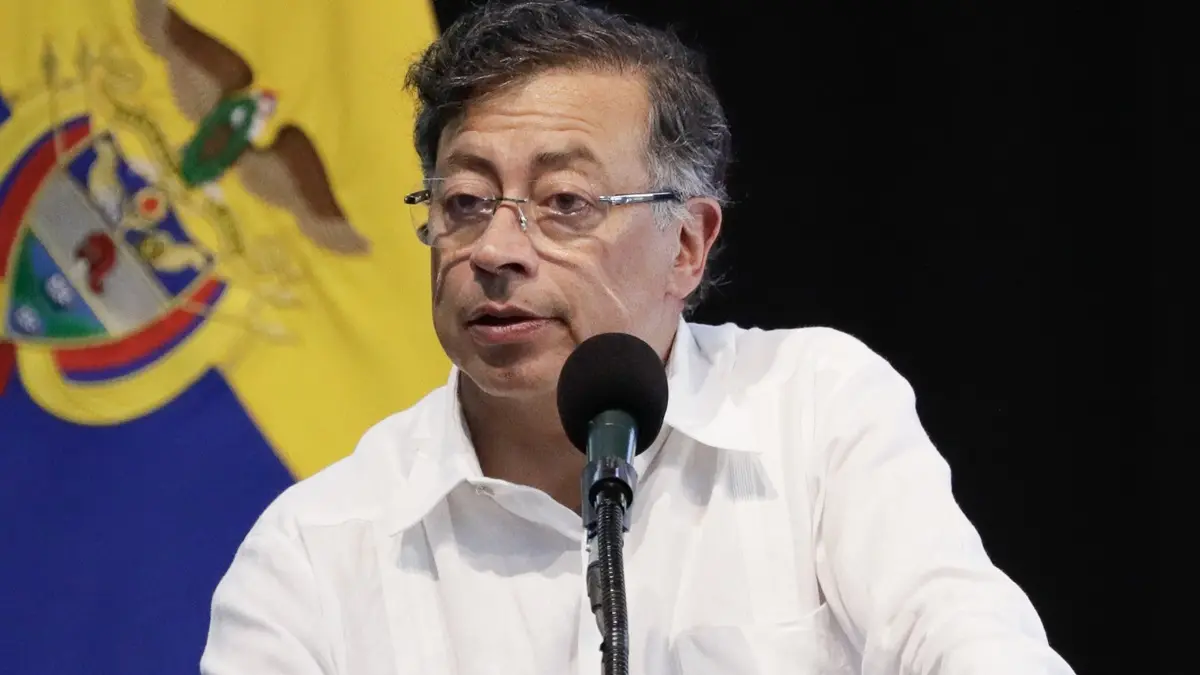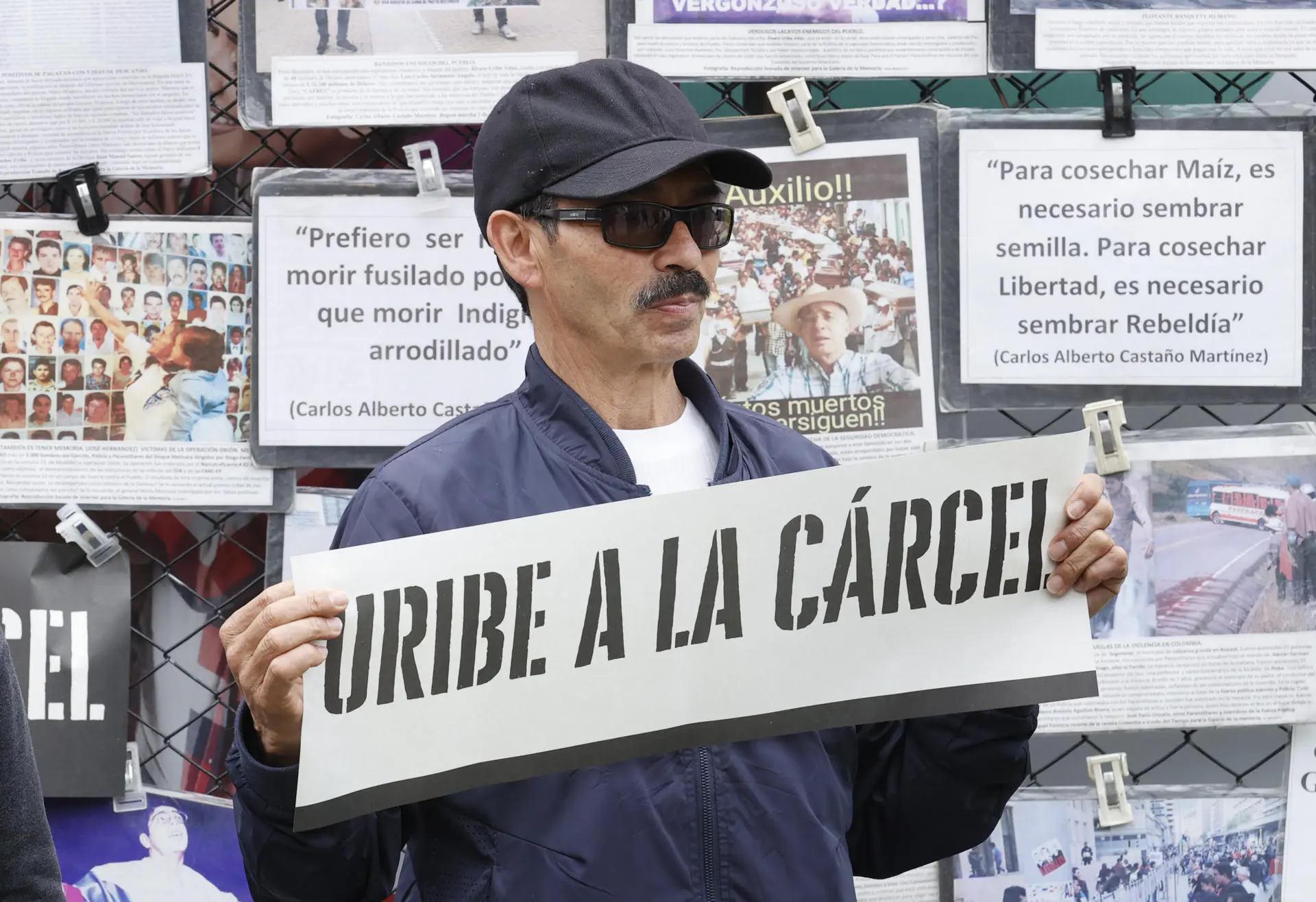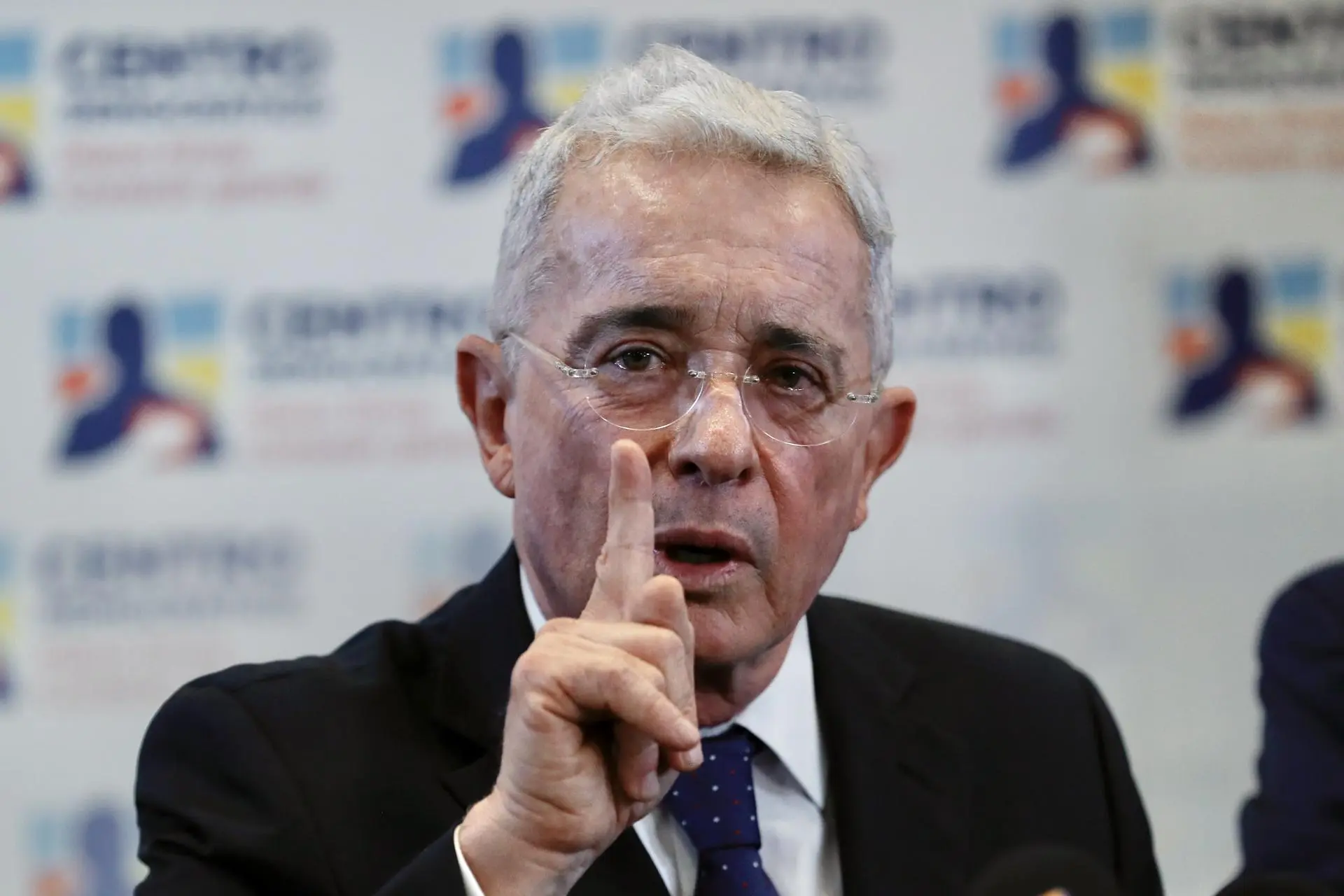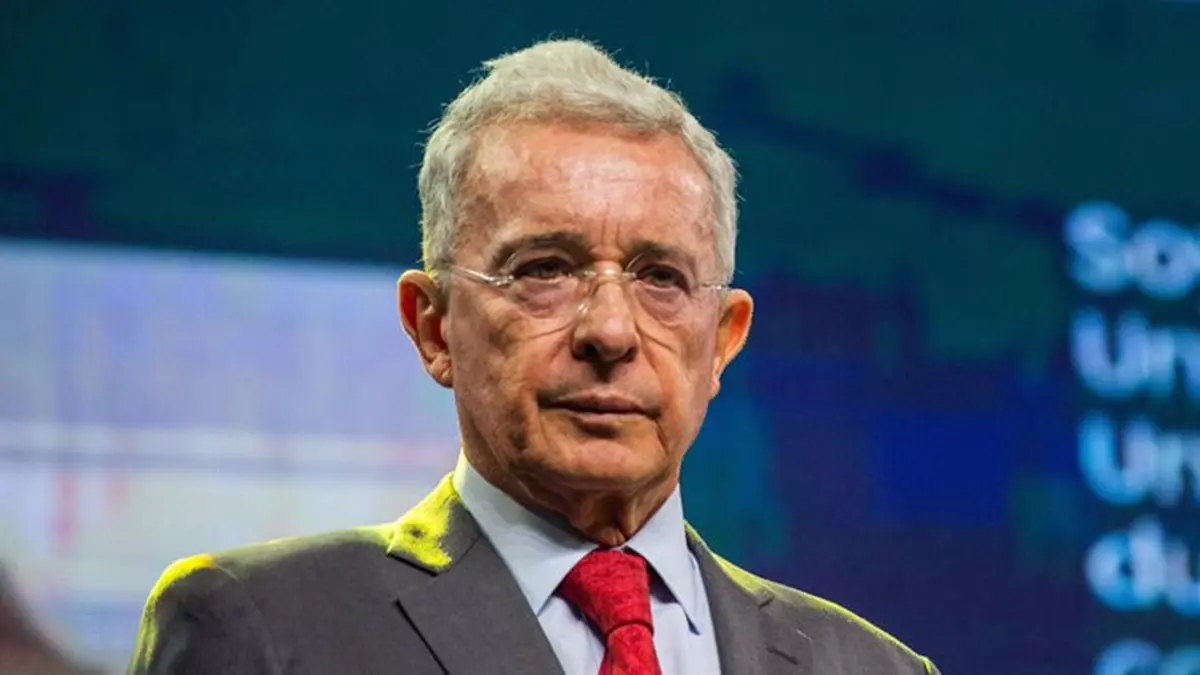UN Commisioner Warns of Extinction Risk for Indigenous Groups in Colombia’s Sierra Nevada

An Indigenous weaver from the Sierra Nevada during an art exhibition in Santa Marta, May 2025. X/ @SantaMartaDTCH
May 20, 2025 Hour: 12:48 pm
Their physical and cultural extinction risk is a tragedy that we can and must prevent, Campbell said.
On Tuesday, the U.N. High Commissioner for Human Rights representative in Colombia, Scott Campbell, warned of the risk of extinction facing five Indigenous peoples of the Sierra Nevada de Santa Marta due to the presence of illegal armed groups.
RELATED:
“The physical and cultural extinction risk of the Indigenous peoples of the Sierra Nevada de Santa Marta is real. It is a tragedy that we can and must prevent,” Campbell said following a two-day visit to the mountain range, which spans the departments of La Guajira, Magdalena and Cesar. This area, located along the Caribbean Sea, is home to the Indigenous Kogui, Arhuaco, Wiwa, and Kankuamo peoples.
“The Indigenous peoples of the Sierra Nevada de Santa Marta are suffering cruel and varied attacks from non-state armed groups, with devastating consequences for their lives, their land, their territory, their self-governance, self-determination, culture, spirituality and traditional justice systems,” Campbell said, adding that violence in the Sierra Nevada has been on the rise since 2022.
The violence stems from disputes over territorial control and drug trafficking routes, as well as other illicit activities carried out by non-state armed groups. These dynamics have seriously affected the rights of Indigenous peoples, as well as Afro-descendant and peasant communities. “To date, however, the state’s response has unfortunately been insufficient,” the U.N. official said.
Women at Risk
The U.N. office expressed particular concern about the situation of Indigenous women and girls in the Sierra, who “face persistent risks and significant barriers to accessing justice and protection mechanisms.”
These challenges are due to their “vulnerability and risk; inequality, poverty, language barriers; lack of knowledge and absence of ethnically focused support pathways; threats against them and their families; and the difficulty of traveling from their territories to municipal centers.”
Indigenous women asked Campbell to call on the Colombian state to guarantee their collective rights “simply to continue existing as Indigenous peoples.”
“They called for access to education, health care and employment for girls, boys, adolescents and youth within their territory, as well as adequate health services for child and adolescent victims of sexual violence,” Campbell said, adding that “Indigenous women described their access to human rights as if they were living in the 10th century.”
Violence in Numbers
The U.N. Human Rights Office has also documented other serious violations affecting Indigenous peoples in the region, including the forced displacement of at least 600 members of the Wiwa people in 2024.
Also in Magdalena department, three massacres occurred in 2024, and at least “10 bodies were found in plastic bags and sacks, tied, dismembered, showing possible signs of torture and gunshot wounds near the Troncal del Caribe highway (La Guajira, Magdalena).”
So far in 2025, the U.N. Human Rights Office has received five reports of killings of human rights defenders in the departments of the Sierra Nevada de Santa Marta. It has also documented a massacre with three victims in La Guajira. Additionally, the number of homicides in the municipalities of the Sierra Nevada has risen significantly since 2022.
“After my third field visit to areas affected by the armed conflict, I call on the state to take more effective measures to protect the Indigenous peoples of the Sierra Nevada de Santa Marta, and other Indigenous groups at risk in Colombia, including actions that guarantee their collective rights,” Campbell concluded.
teleSUR/ JF
Source: EFE


